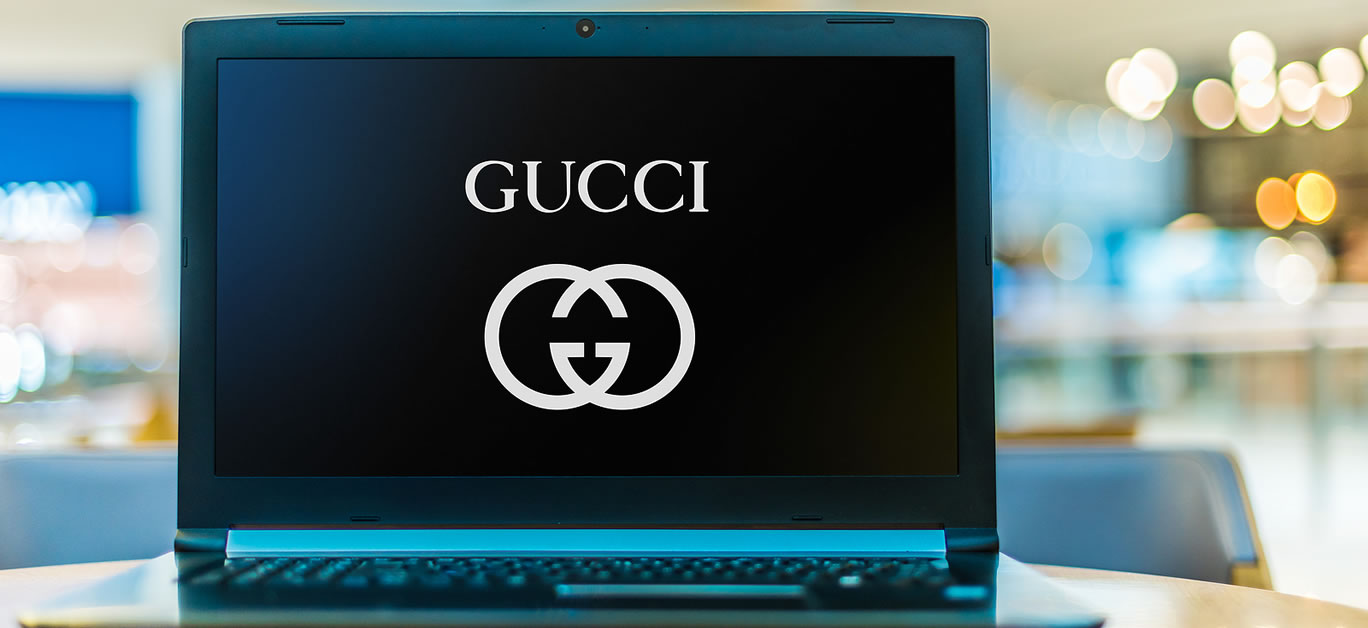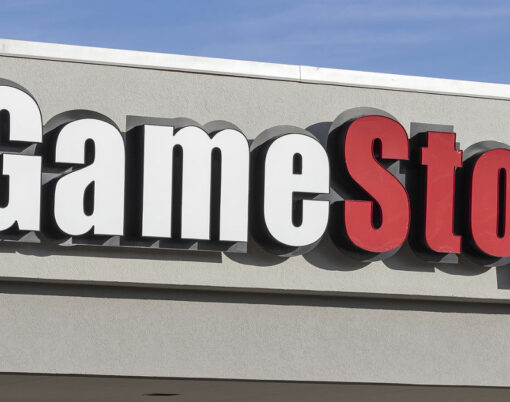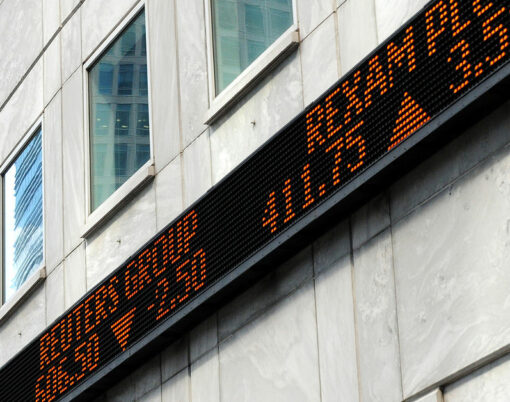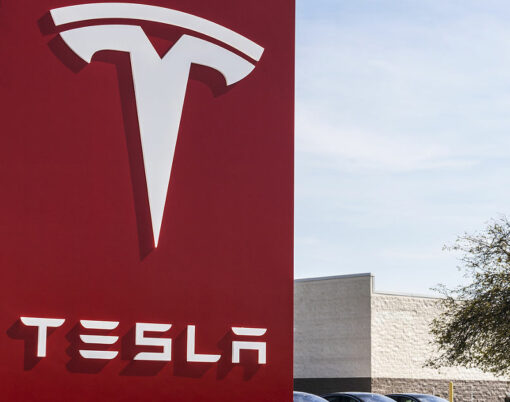Over the past decade, we’ve been slowly but surely moving into the digital world, but luxury brands have traditionally been reluctant to adapt to the online space, with the fear of having to compromise on prestige if they could not provide the impeccable face-to-face experience they are known for. Fast-forward to 2022, and suffice it to say that, like it or not, all of them have been propelled well and truly into the midst of the digital space, with the events of the past couple of years serving as a catalyst for even the last remaining stragglers to adapt fast in order to stay afloat.
At a time when consumers had begun prioritising convenience and accessibility above all else even before the pandemic, it’s just as well. Because, while last year’s lockdowns saw the number of buyers logging on to buy brands and subscribe to services from the comfort of their own homes spike dramatically, Gens Y and Z were already moving towards eschewing bricks-and-mortar stores entirely.
The move has, for luxury brands, presented many challenges when it comes to branding and marketing – particularly where translating and conveying their long-held heritage and prestige online is concerned. But, from couture clothing and branded artisan gin to printed mug creation, several key players across the sector are doing it right – and we can learn a lot from them in terms of seeing success online.
Here, we take a look at three ways some of the biggest online success stories are winning online. Implement them in 2022, and you could soon see your business or brand elevated to its loftiest heights yet.
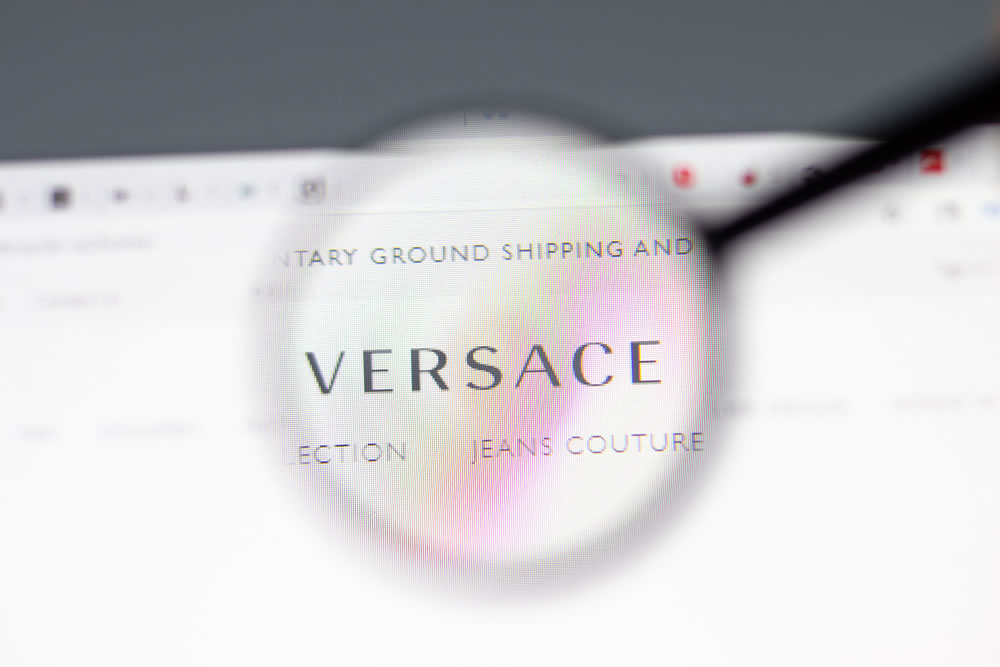
Focus on user experience above all else
But don’t compromise on style. Functionality is crucial when it comes to enabling your website visitors to navigate with ease – and the easier it is for them to find their way around your site, the more likely they are to buy. Historically, luxury brands have fared poorly in this respect, placing all their focus on recreating a glamorous and luxurious aesthetic – but if you can’t provide the same level of experience online as you are known for in store, then you’ll quickly find your target market beginning to look elsewhere.
Dom Perignon is a prime example of this, and while there’s no denying that its website is impactful and exudes luxury, it does little to cater to visitors’ needs. Slow to load sites like this are a sure-fire way to turn them off and have them leaving your website before they’ve even begun – even if you are a famous brand that has been dominating the market for decades.
One of the best ways to avoid this is by hiring a savvy digital marketing agency that has experience in your niche. For example, do you think Ferrari’s website would benefit more from an automotive marketing agency that specialises in digital services or a regular digital marketing agency that has no automotive business experience? The answer is pretty clear.
Complacency is a major mistake when it comes to luxury brand marketing, and while there is always a place for stylistic design, an intuitive website is essential to keep visitors and potential customers engaged. Take, for example, Versace’s online shopfront, which is both aesthetically breath-taking and highly functional.
Make story-telling a key element of your strategy
The prestige and heritage of your brand doesn’t have to get lost online if approached in the right way, and using it to tell engaging stories is a great way to convey it effectively as well as piquing the interest of potential customers. Not only that, but you’ll create a cohesive feel to your overall brand image, leaving loyal customers confident that they will get just the same experience shopping online as they do in store.
Great marketing is centred around your ‘why’ as a brand – in other words, your ‘raison d’etre’. While you might think your purpose as a business is obvious, you might be surprised – and communicating it clearly yet creatively across your website and social media platforms, as well as in store, will go a long way to forging customer admiration and long-term loyalty. Be sure to focus on communicating your brand values and mission, as these will help to paint a picture that defines you as a luxury brand, and sets you apart from the competition – just take a look at Aston Martin’s digital channels for some inspiration on how to do it right.
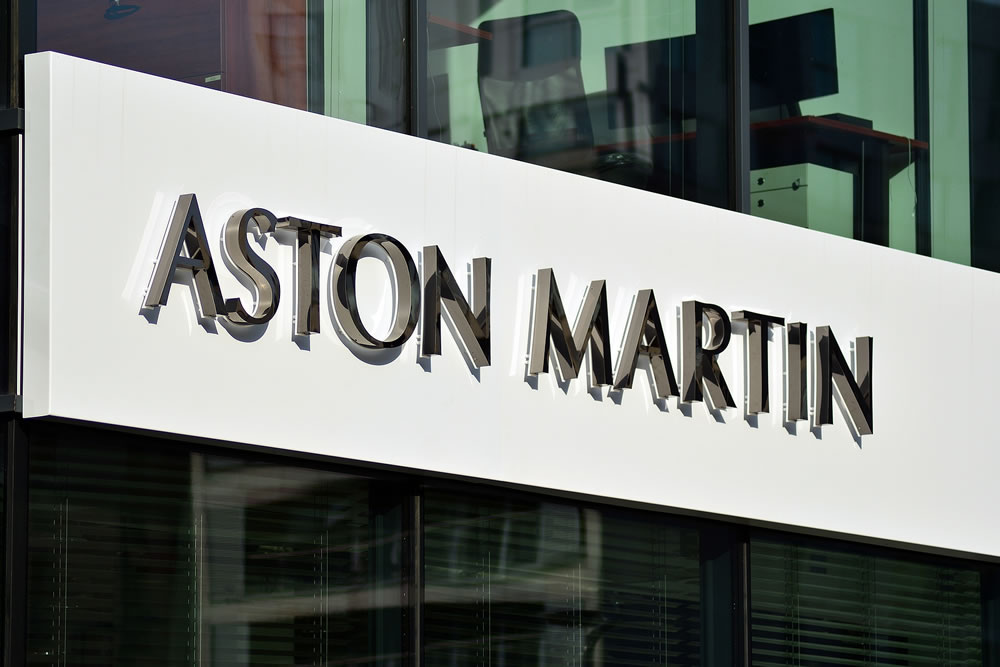
Focus on visuals and prioritise video
Video is now one of the most powerful ways for brands to engage their audiences, and 81 per cent of them have cottoned onto this fact already. If you’re one of the 19 per cent that hasn’t, then know this: around 55 per cent of the total population consume video content via their mobile devices each and every day.
Their potential to draw viewers in when compared to static images is huge, and could mean the difference between clicking through to visit your website or simply scrolling past a post. So, when you’re doing that storytelling, make video your chosen medium to create the greatest impact. Thanks to its greatly enhanced power to evoke emotion and to get the message across, nothing else can compare.












